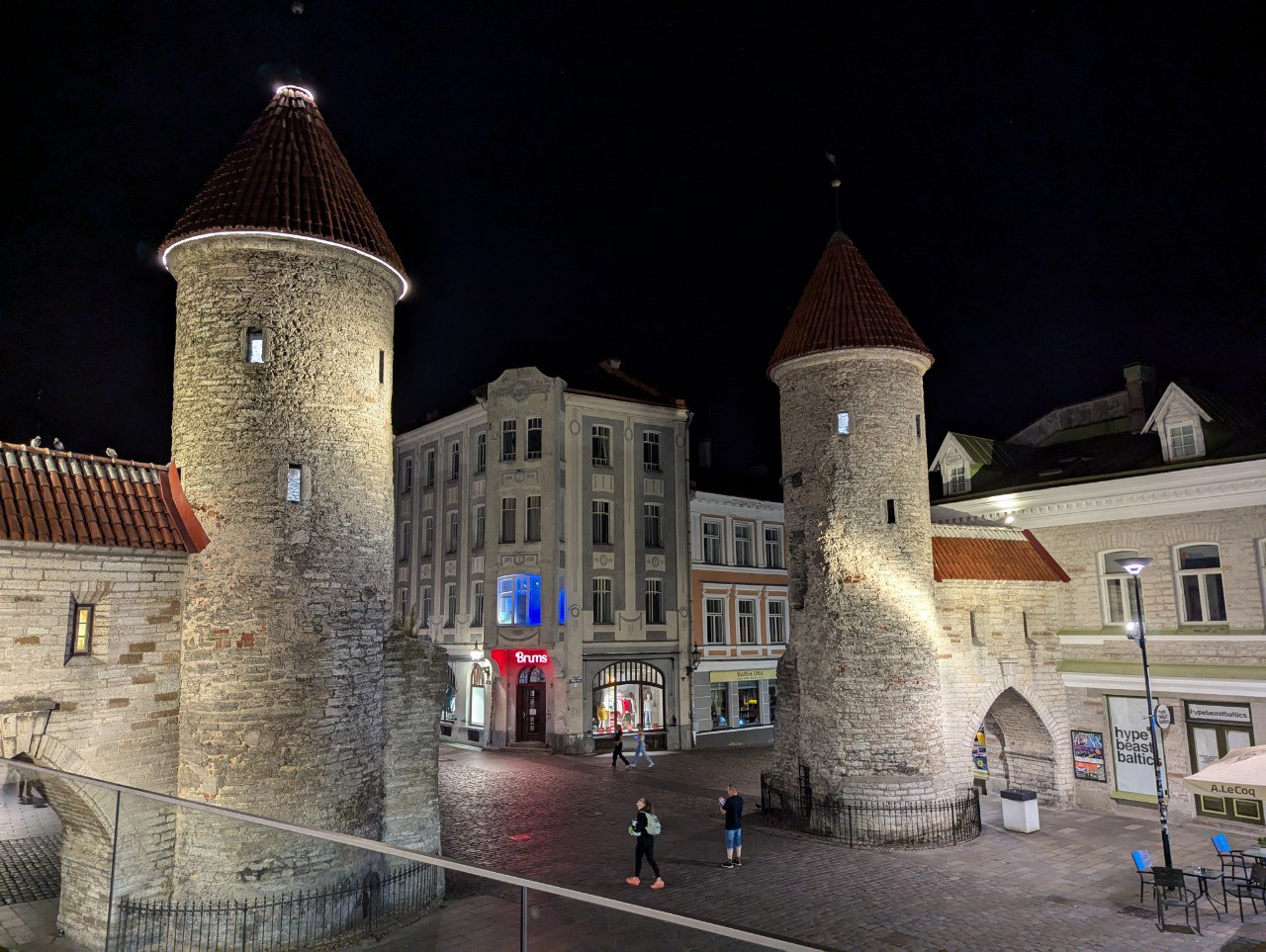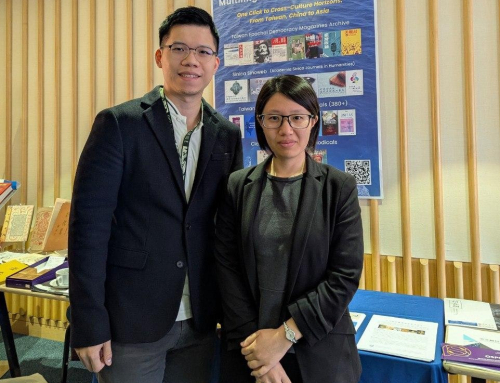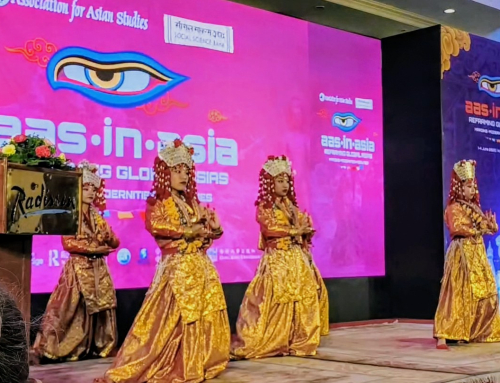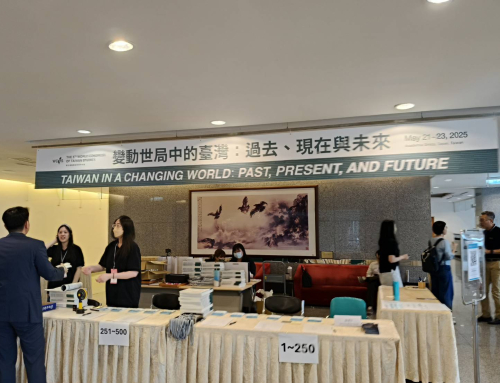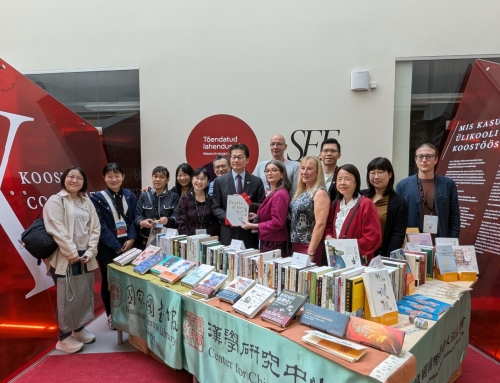The capital of Estonia, Tallinn, preserves the cityscape from the medieval Hanseatic League era in remarkable condition. Wandering through its ancient buildings and streets, one feels transported back several centuries. At the same time, Tallinn also boasts a rich Soviet and Cold War heritage. This unique convergence of history makes Tallinn a fascinating city.
In 1991, Estonia gained independence. Freedom Square, located on the southern side of Tallinn’s Old Town, became a symbol of this historic moment. The Independence Monument and the national flag flying high in the square represent the country’s freedom and dignity—a new chapter in Estonia’s history begins here. The blue, black, and white tricolor flag of Estonia originates from the University of Tartu student society in the 19th century, symbolizing the loss and regaining of freedom. However, the Estonian poet Martin Lipp (1854-1923) imbued the national flag with a more romantic and poetic interpretation. The white symbolizes the pure and serene snow covering the land in winter; the black represents the lush, dense forests, reflecting the power and life of nature; the blue is the vast sky, symbolizing the country’s expanse and freedom. These three colors weave together, painting a beautiful picture of Estonia’s natural landscape and embodying the Estonian people’s deep connection to nature and their yearning for freedom.
In Tallinn, a city where history and modernity intertwine, scholars from various countries gathered at the EACS conference. This not only highlighted their passion for Sinology but also showcased the richness of cultural diversity and cross-cultural exchange. As the world undergoes profound transformations, interactions between different regions in the culture and academia are becoming more frequent. This conference provided a valuable platform for fostering East-West academic dialogue, promoting cultural understanding, and enhancing global academic collaboration and cultural exchange.

